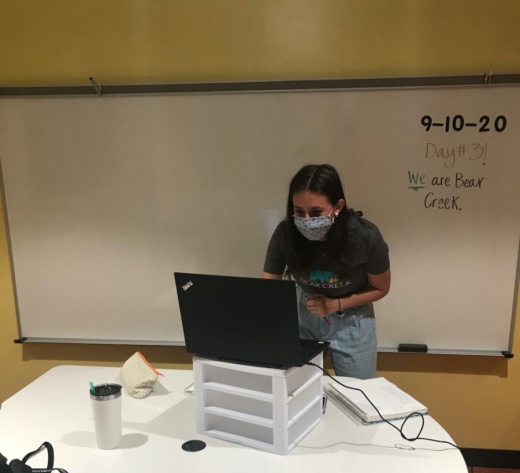The district’s board of trustees on Feb. 11 approved the one-time $1,000 retention incentive for district staff in an effort to acknowledge the extra efforts and hardships staff have faced as front line workers during the COVID-19 pandemic.
AISD full-time and part-time staff with salaries less than $150,000 will receive the $1,000 retention incentive. Employees categorized as temporary staff and substitute teachers are not eligible, according to the district.
The approved resolution was an amended version of a proposal announced by the district earlier this week. Initially, Superintendent Stephanie Elizalde had recommended that $1,000 go to full-time staff, with about 650 part-time employees receiving $500 each.
Trustees asked the district to distribute the $1,000 incentive across the board after hearing public testimony from some part-time staffers.
“We believe that [part-time employee's] hard work, and the fact that many have to have two or three part time jobs to make ends meet, certainly deserve the extra money,” said Education Austin President Ken Zarifis during public comment Feb. 11. “With this line item already being about $12 million, the cost will be around [an additional] $400,000 to include the part-time employees. We believe that’s a very reasonable ask, and would ask that you move to add them into the $1,000 payout for all employees.”
According to the resolution, the retention incentive will come from a fund the district has set aside for health insurance accounts. Although Elizalde said the district is running at a budget deficit overall, that fund has a surplus. AISD cannot access that money directly, but it will temporarily stop allocating new funds to the insurance account in order to make the $1,000 payments to staff.
“We recognize that right now, for whatever reason, over the last few years there has been money that has been put in this [insurance] account, and we have not needed to expend that account at the same rate that it must have been done in years before,” Elizalde said. “What we can do is we can cease putting the money into that account for a couple of months, still keeping us very solvent, but freeing up [funds]. We could utilize that money in a different way.”





